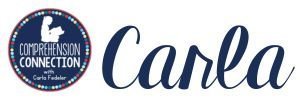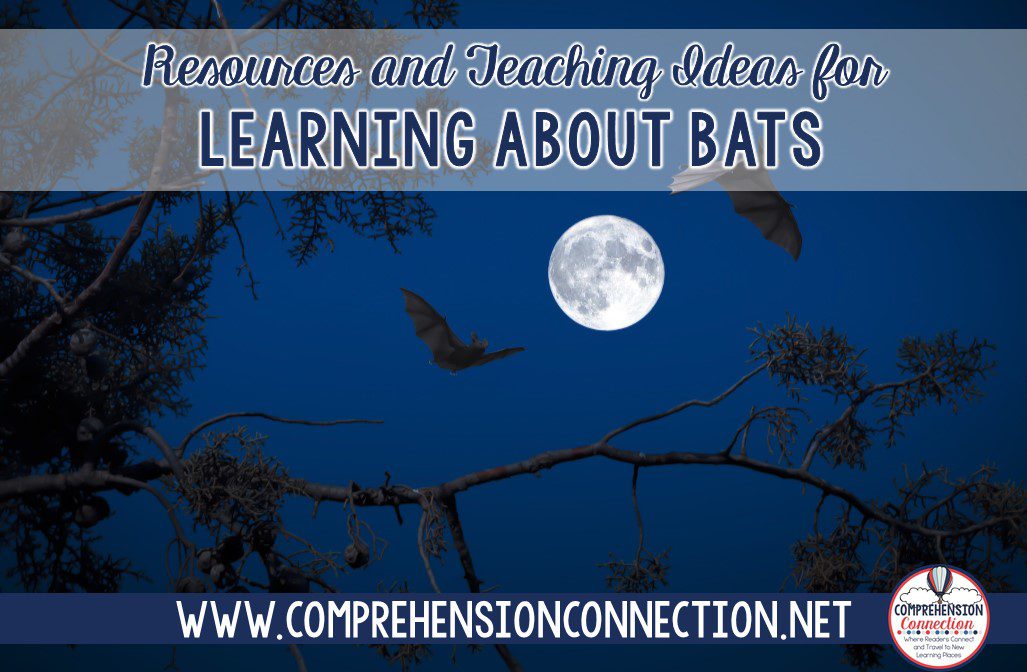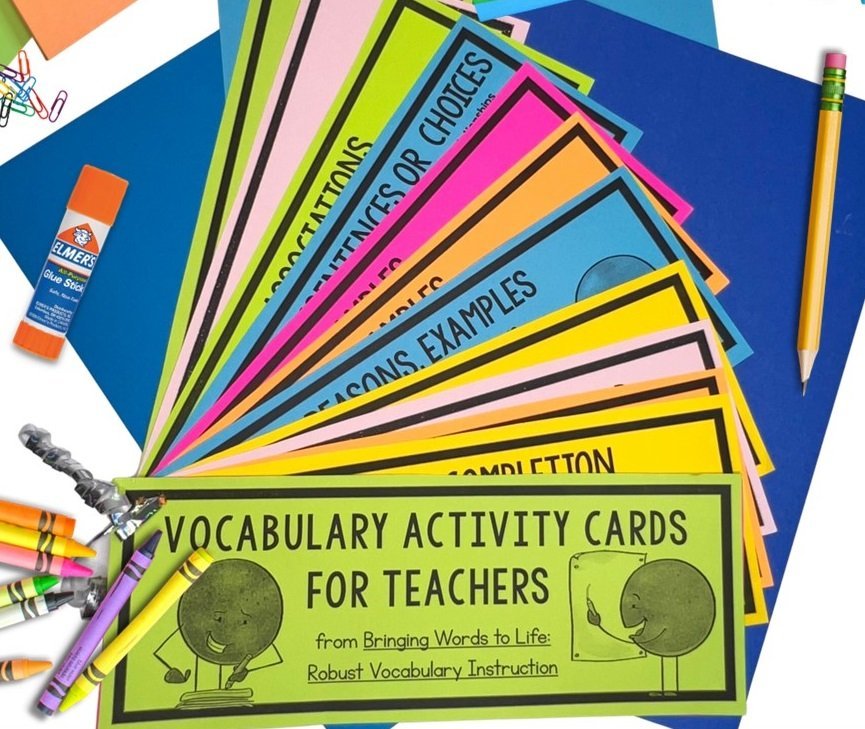
If you’re considering blogging in the classroom with your students, but are feeling a bit overwhelmed with where to begin, you are not alone. Even after blogging for five years, I still question which blogging platform is best for me. Do I stick with a Blogger Blog, or do I switch to Word Press, Wix, or Weebly? What are the pros and cons to all of the options? Is there a blogging platform that stands out as best for classroom use? In this post, we’ll take a look at all of the options to help you decide.
Finding the Best Blogging Platform:
Blogger:
I have been using Blogger for about five years, and I’ve learned a lot about how to make this platform work for me. For the most part, it works like any other publishing softward. You type your text (left, center, or right justified and bold, italics or underline when you like). You also have the option to choose text colors and even highlight. For links, you have the option to link text or images. You also now have the options to add video, bullets, or emojis too, and you can break up your paragraphs with headings, subheadings, etc.
One of the challenges with Blogger is uploading and linking images when it’s new to you. When I first started, getting images to sit where I wanted them was a bit of a challenge. You click and drag them, but when I’d drop the image and preview, sometimes it wouldn’t be where I intended. Over time, I’ve learned how to improve this, but it is an issue for new bloggers. Additionally, with blogger, you can link images, but you have to do it twice. Why? I do not know, but you just do.

To start a new blog with Blogger, you’ll first need a gmail account. Then, you simply go to blogger.com, create your blog address and name the blog, choose the theme, and “create blog”. In the settings, you can set the privacy and comment rules in order to keep your students working in a safe environment.
Word Press

Another big provider of free blogs is Word Press. Word Press has two separate options available for hosting. A Word Press hosted site is free and works just like Blogger, but you also have a self hosted option which changes the blog to a paid site. However, with a self hosted blog, you own all the content without the worry of the platform going away. Unless you have a business associated with your blog, this really is not a relevant issue in the classroom. Self-Hosted Word Press sites are at wordpress.org versus wordpress.com
To start a site on Word Press, you simply go to wordpress.com and select the “Get Started” button. Like Blogger, you can adjust the settings for a safer and more secure site and turn commenting on or off.
Wix
Have you seen the ads for Wix? They are promoting quite a bit, and I do like the appearance and options of their sites. Wix has a free option or paid option, and the designs are sleek and clean looking. Students would be able to click and drag pictures from their stock images to make a nice looking site. If a certain theme or topic for the blog is desired, there are many photos to choose from from Wix, but you can also upload your own photos or get free stock photos from Pixabay.
Unfortunately, I do have a few negatives to share. First, it is a bit challenging for designing. Once your familiar with the formatting icons, it might become easier, but for kids, I think it’d be a little tough to explain. Also, I could not figure out how to modify the security, and this is very important when working with kids. Finally, the site naming is very cumbersome. The address for the dummy site I made was www.myname.wixsite/blogname versus blogger addresses which are www.blogname.blogspot.com
Edublogs
For educators, Edublogs may be the safest option. It is a platform sponsored by Word Press, but it is for especially for educators and for classroom use. The teacher sets up a class and supervises each student’s blog. Yet, students have lots of design options too.

Edublogs are specifically geared to classroom use, so if you really want to monitor it all, definitely visit the platform, create an account, and play around with it to see if it’s what you and your class need. The image to the right is just a quick sample I made in just a few minutes. One thing I must share though is that I haven’t used Edublogs myself, but after speaking with a few of my techie friends who work as technology specialists, I definitely wanted to share information about it.
Now, you might notice that I matched the Literacy and Learning to the pink book in the photo. One very helpful tool I will share is a Google Chrome Extension called Colorpick Eyedropper. That app is THE most helpful app, and I use it for much more than blog design. You can use it to match text color to any graphic as well as photo frames and background colors.
You’ve Decided Your Blogging Platform, but what about a name?
Selecting a blog name and connecting it to an address seems like an easy task, but believe it or not, sometimes it isn’t. Often, you’ll find the name you’ve got your heart set on is taken by someone else. To get around this, sometimes you can just add an article to the front of the key words. For example, instead of creativeclass.com, you might use acreativeclass.com or thecreativeclass.com. This can cause confusion, and it may be best to just go in a different direction. The only time I’d advise going ahead with this option is if you see that other sites are inactive.
Another option is to just go with your name. You might try teachingwithmrssmith.com or janetsmith.com. If you have a common name, this might not work either. If you have trouble thinking of a name, ask friends. They are a great help with this type of thing.
Now, if you want to keep things free, you’ll be stuck with a blogspot url or weebly url. These can be redirected to a domain name later if you as a teacher really get into blogging and want to get more professional. To make it easier for you and your students, let me list a few rules to go by.
- Keep the name short. (No one wants to type a long string of characters.)
- Keep the name focused on your blog’s topic.
- Do not include your grade level. It might change.
- Search the name on Google to see what comes up.
- Be unique and avoid trademark violations.
Domains:

Additional Reading:
- The Benefits of Blogging
- Getting Started with the Right Platform
- Blogging and Keeping It All Safe
- Making the Most of Blog Images
- Using Picmonkey to Add Pizzazz to Your Posts
Final Thoughts on Blogging Platforms:
This is a LOT to take in, and before attempting to blog with students, I really suggest the classroom teacher start a blog first. Try each of the platforms, watch video tutorials on Youtube, and talk to others you may know who may blog to see what they advise. If you get familiar with the platform you choose, then you’ll feel at ease teaching your own students how to use it. Both process and product are important, so go at it slowly and by all means, do not compare with other blogs. Give yourself time to learn and take pride in the courage you have to start something new. You will inspire future writers through this adventure, and according to Lester Laminack,
















